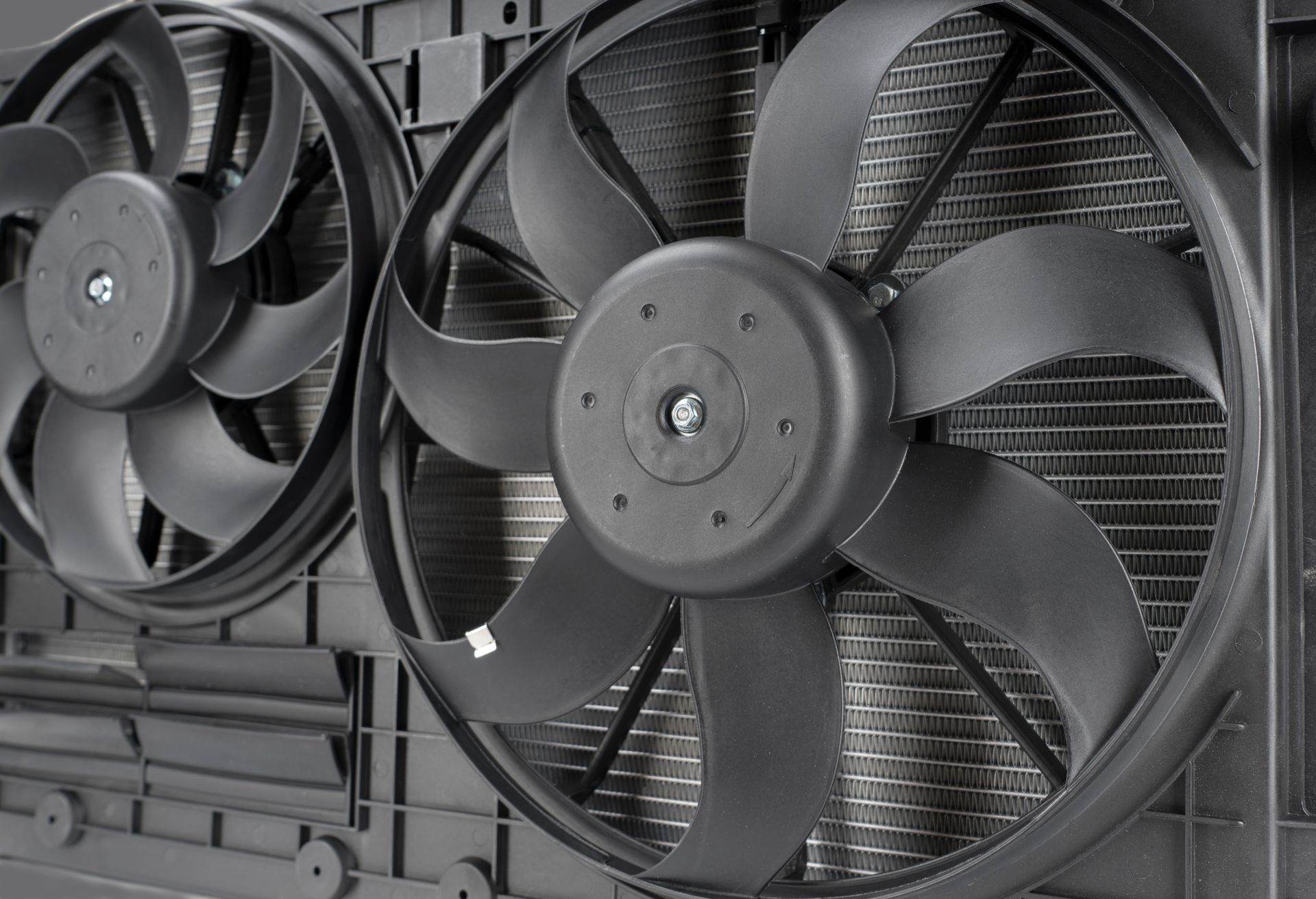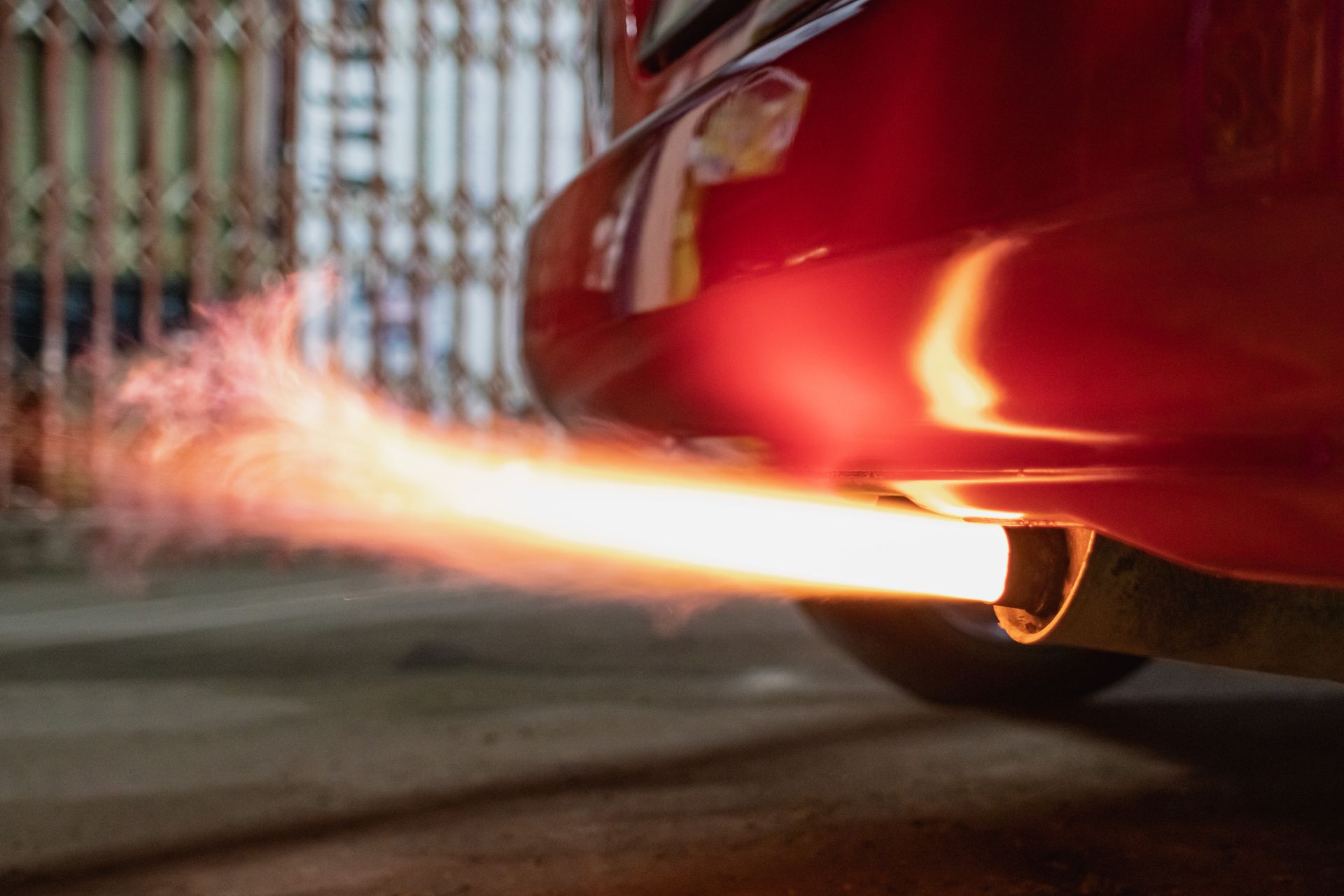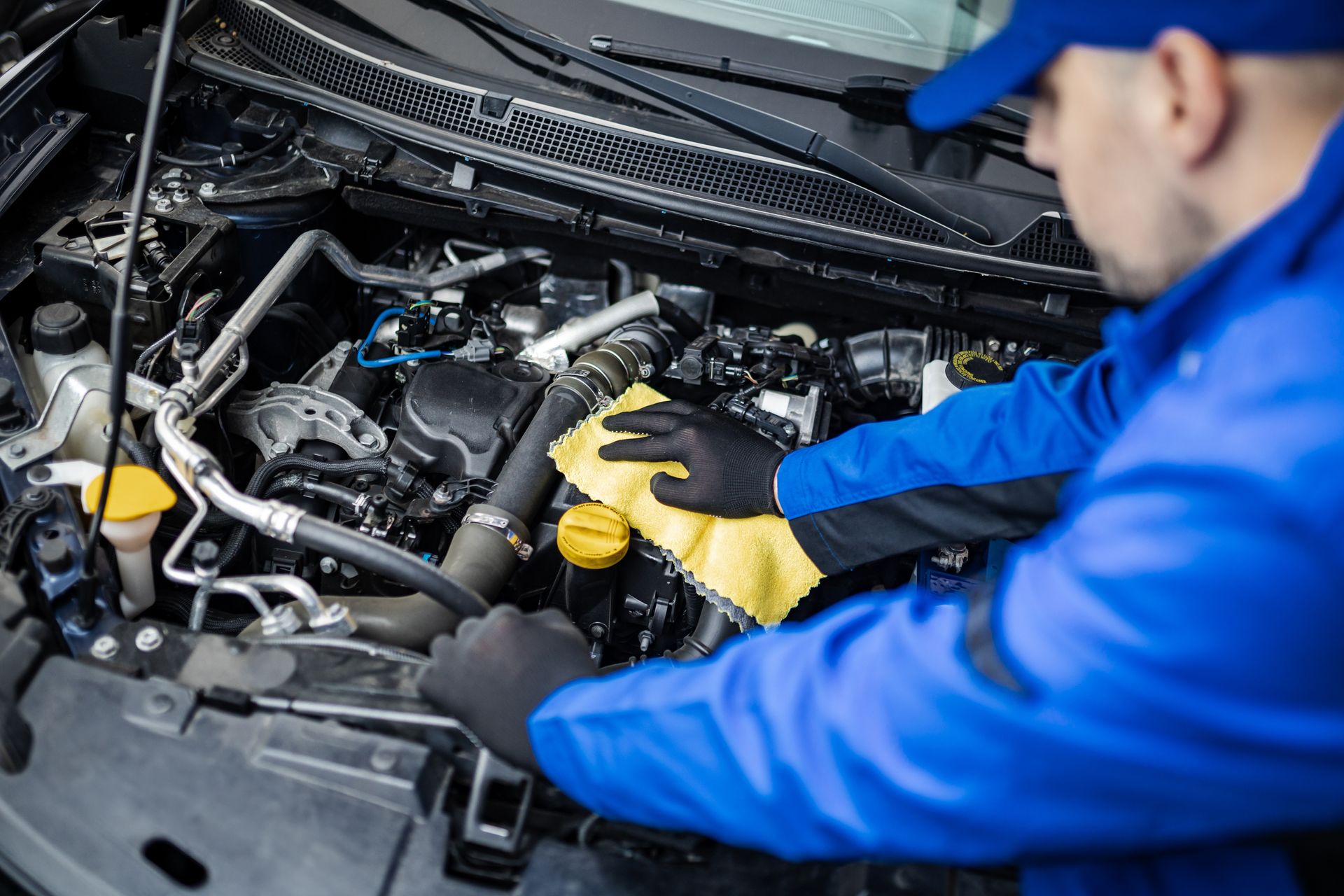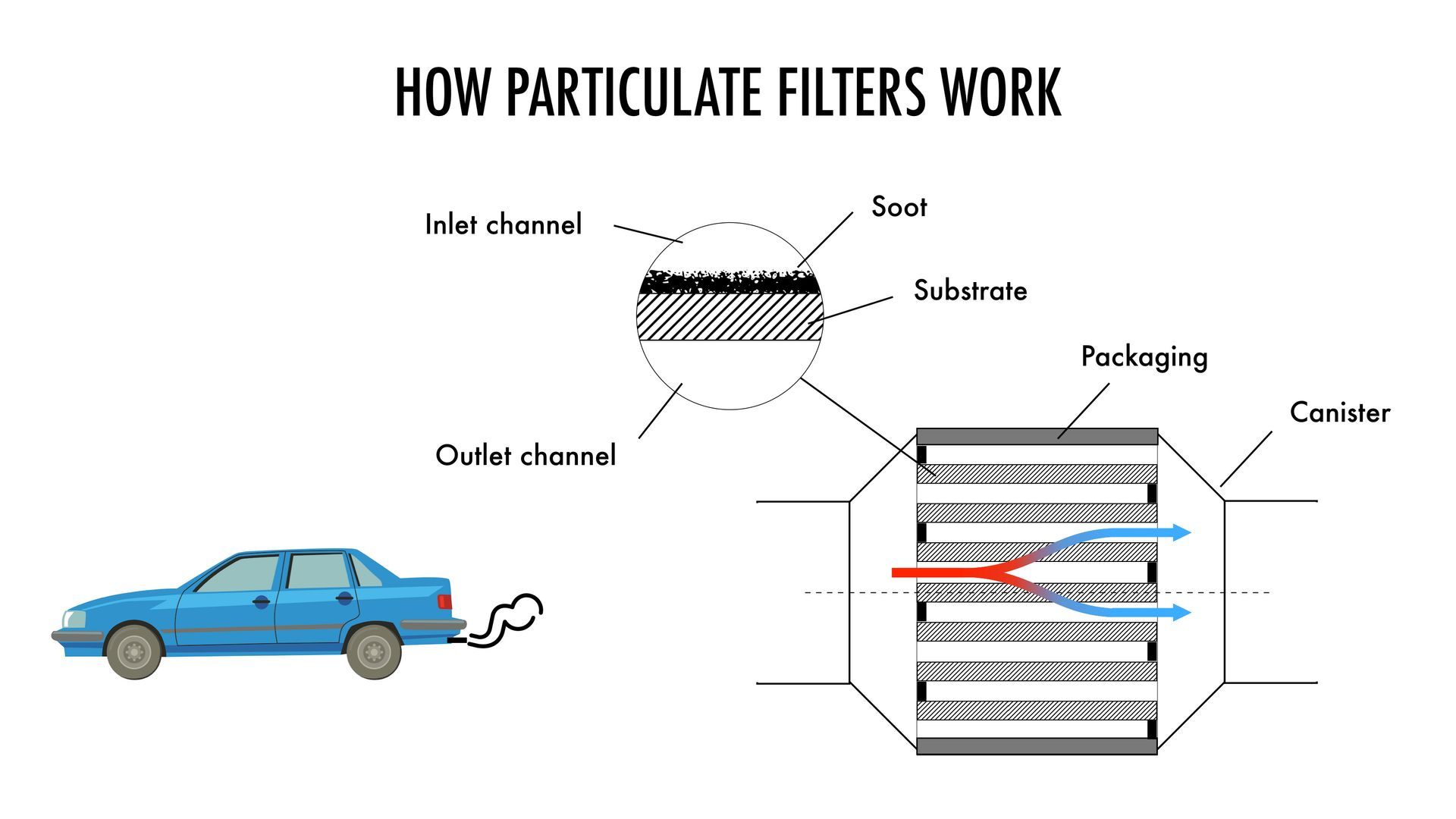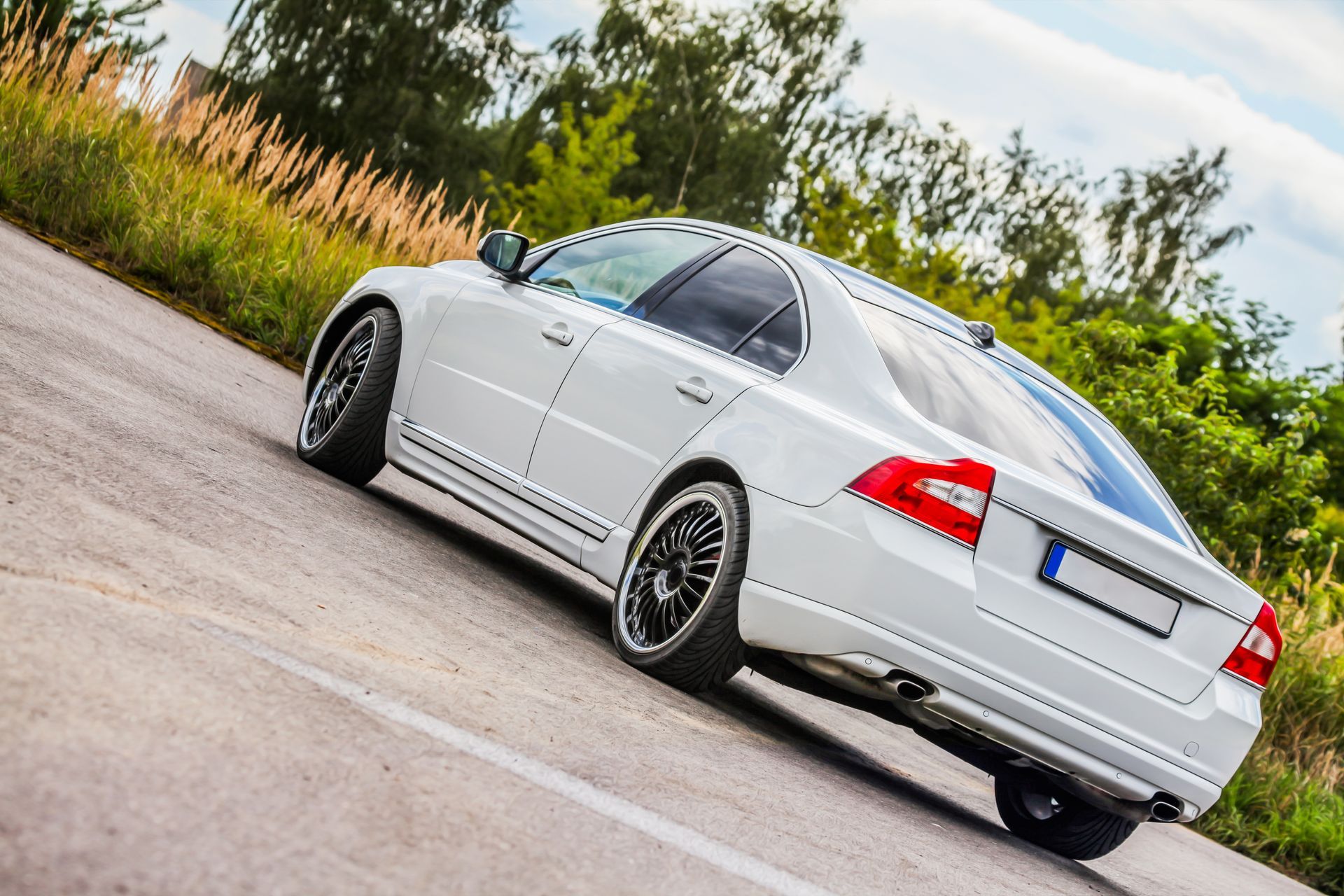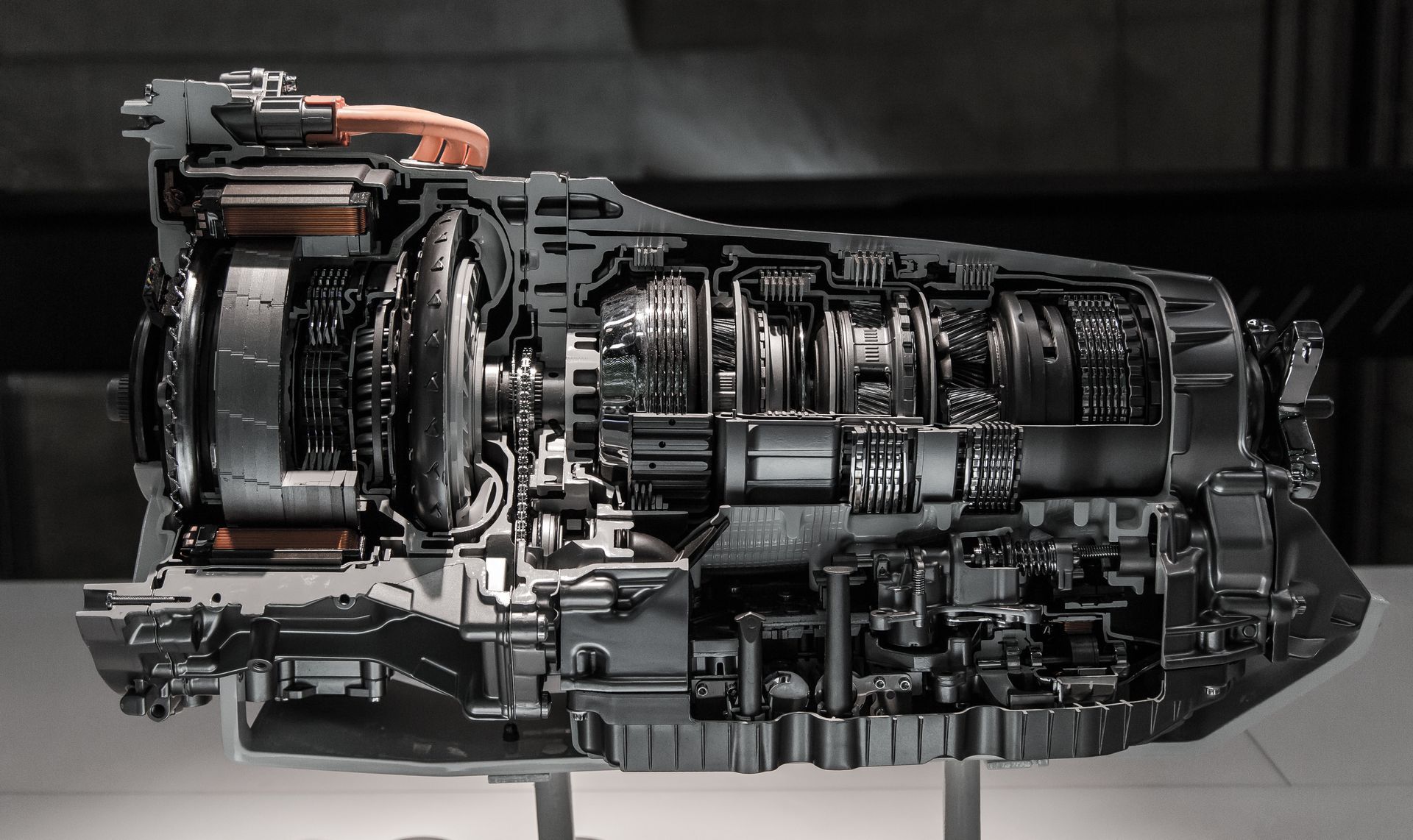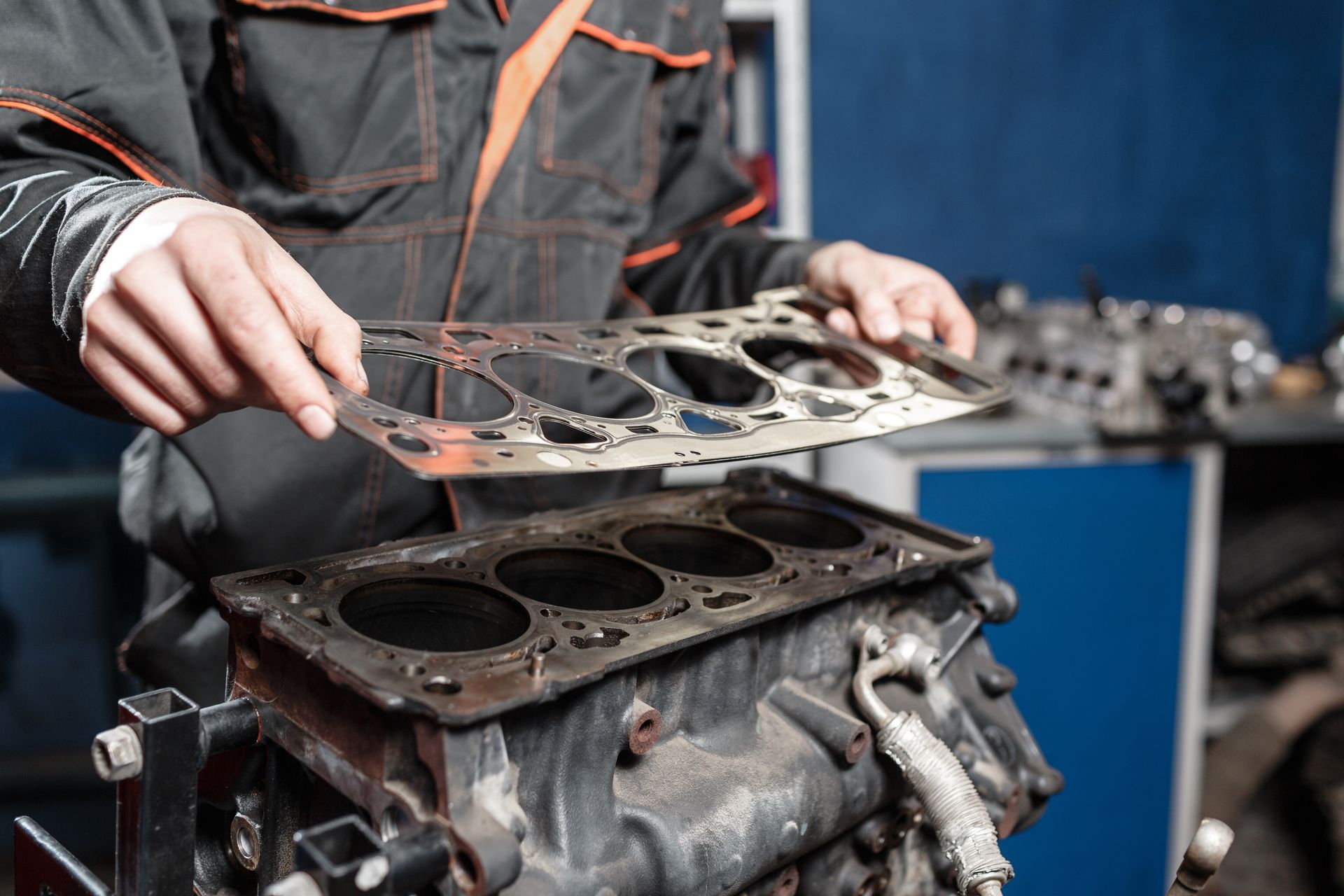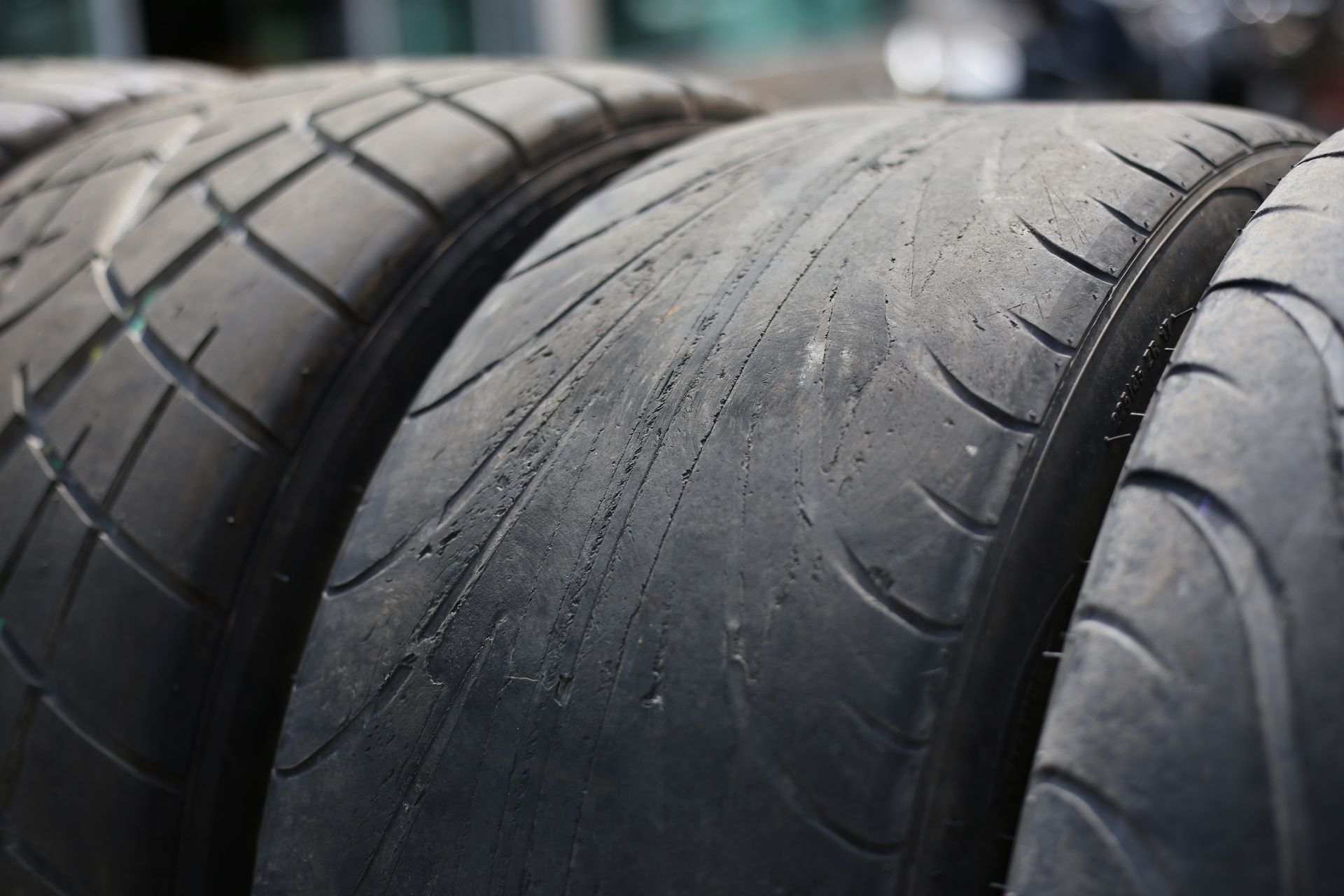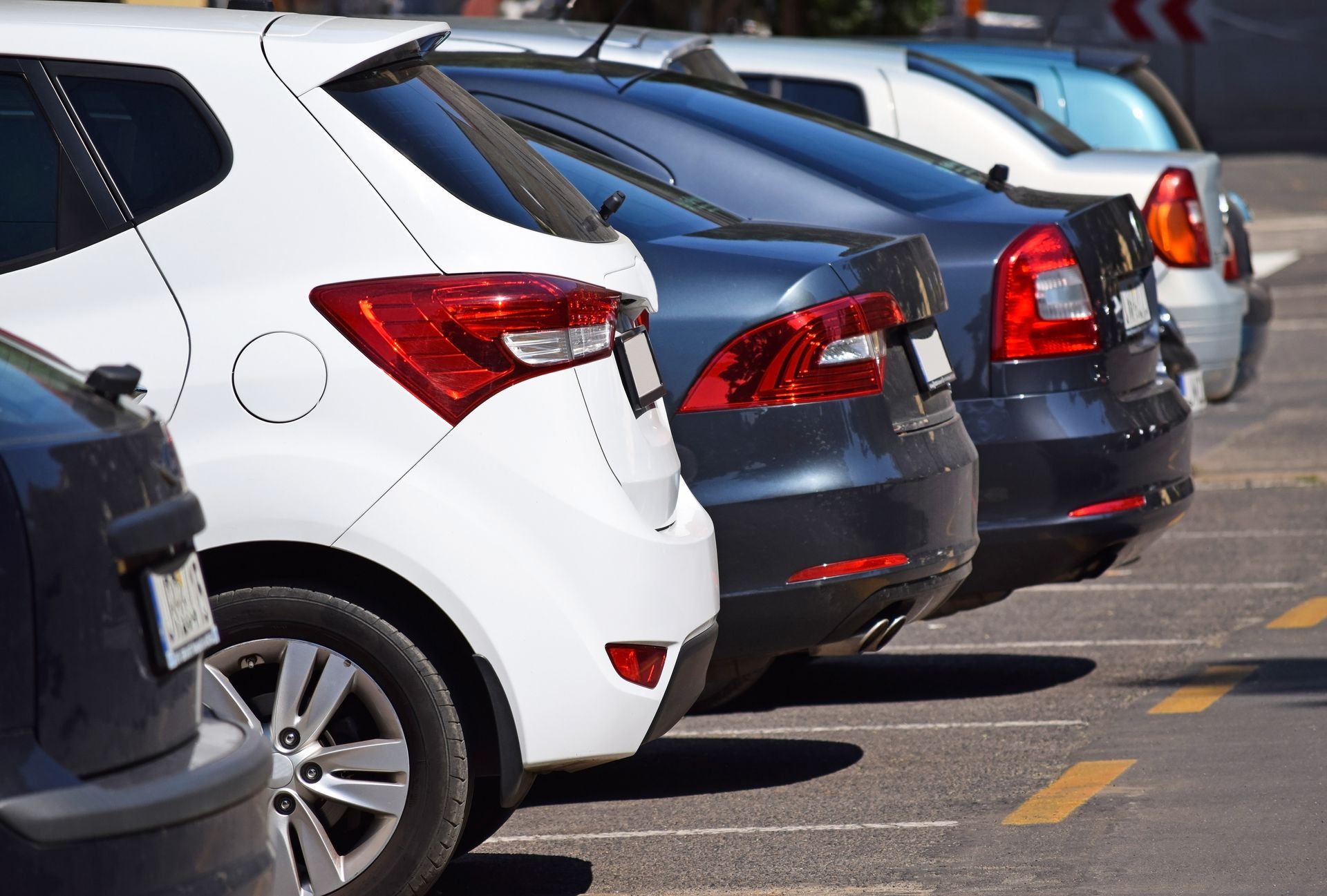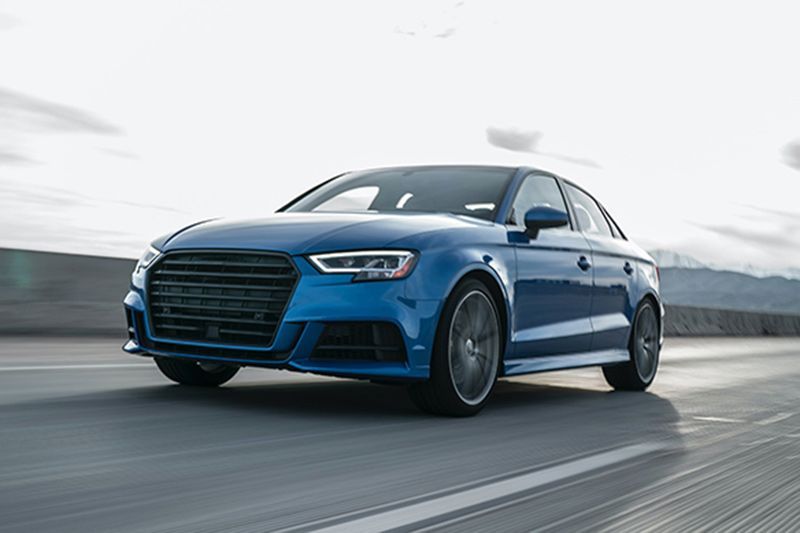Blog
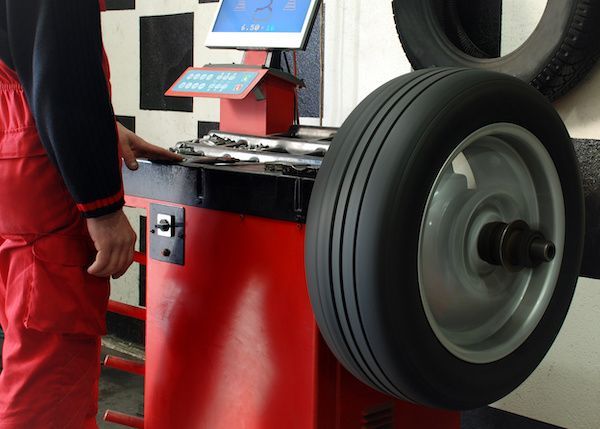
September 29, 2023
A smooth and comfortable ride is absolutely essential for any vehicle owner who wants to enjoy their time on the road. One critical factor that plays a significant role in achieving this level of comfort is proper wheel balancing. But how can you, as a responsible vehicle owner, determine when it's time to get your wheels balanced? In order to shed some light on this important aspect of vehicle maintenance, let's delve deeper into the signs and timing for wheel balancing to ensure that you have a safe and pleasant driving experience Signs Your Wheels Need Balancing If you feel a persistent vibration through the steering wheel, seat, or floorboard while driving, it's a strong indication that your wheels may be out of balance. Inspect your tires regularly. Uneven tire wear, such as excessive wear on one side, can be a sign of an imbalance issue. Additionally, if you notice that your vehicle tends to pull to one side or you have difficulty maintaining a straight path, it may be due to wheel imbalance. When to Get Wheel Balancing Whenever you install new tires, it's advisable to have them balanced to ensure even weight distribution. During tire rotation , which should typically be done every 6,000 to 8,000 miles, it's an excellent opportunity to check and rebalance the wheels if necessary. If you've had suspension or steering components replaced or repaired, it's also a good practice to have your wheels balanced afterward to ensure optimal performance. If you experience any of the signs mentioned earlier, don't delay in getting your wheels balanced. Ignoring these issues can lead to further tire damage and affect your vehicle's handling. Wheel balancing is crucial for a smooth and safe driving experience. Pay attention to signs like vibration, uneven tire wear, or steering problems, as they may indicate a need for balancing. To ensure your vehicle's wheels are properly balanced, consider having it done when installing new tires, during tire rotation, or after suspension work. Regular wheel balancing not only improves your driving comfort but also extends the life of your tires, saving you money in the long run. If you suspect your wheels need balancing, consult with Rolf’s Import Auto Service in WA for a professional assessment and service.
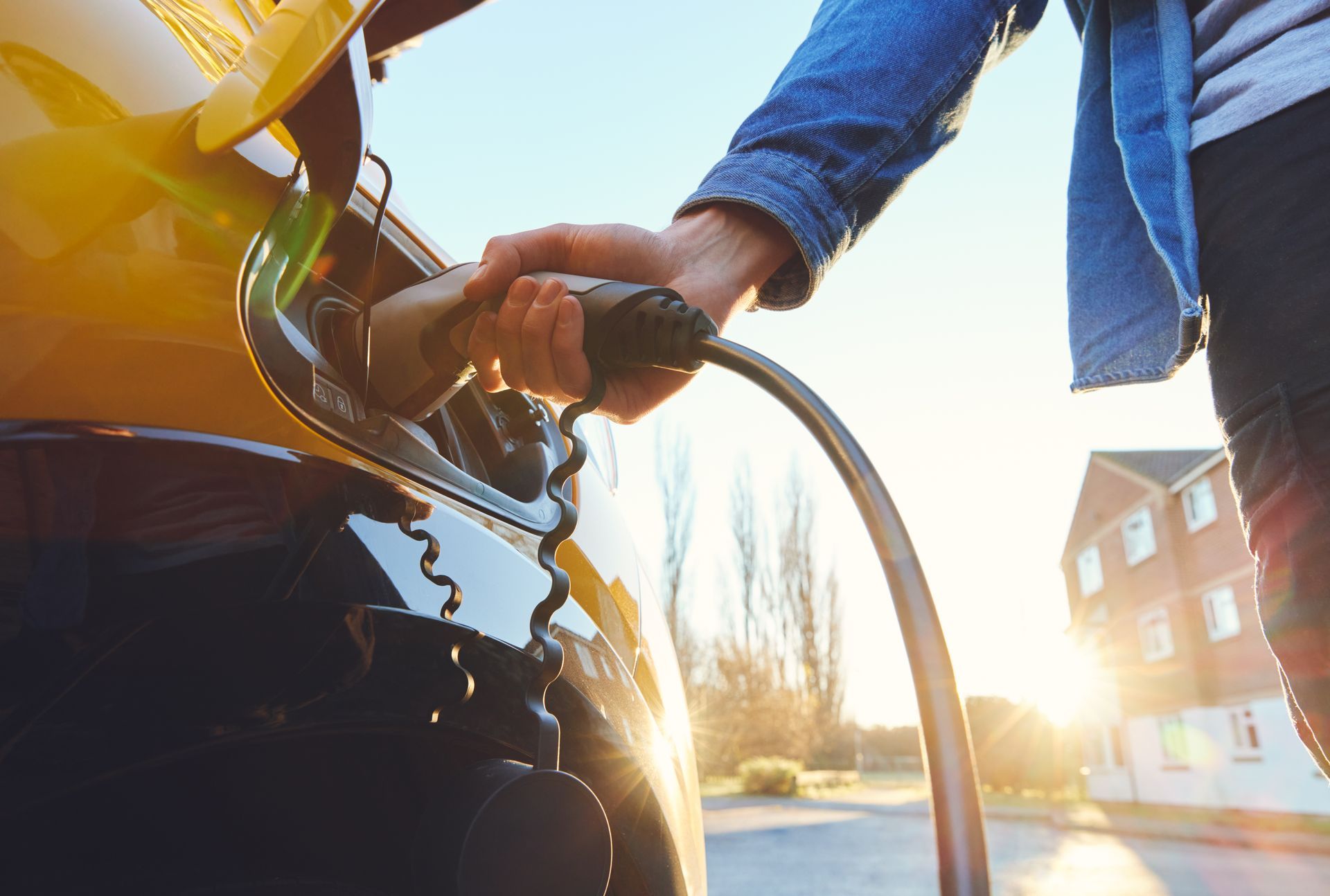
August 31, 2023
The automotive world is in the midst of a profound transformation, driven by the need for more eco-friendly and fuel-efficient vehicles. One shining star in this revolution is the plug-in hybrid electric vehicle (PHEV). These cars promise the best of both worlds, combining electric power with a gasoline engine. But what makes plug-in hybrids so good, and are they truly the best option on the market? Let's explore! Why Plug-In Hybrids Are So Good Fuel Efficiency PHEVs are masters of fuel efficiency. They can run on pure electric power for shorter trips, reducing your gasoline consumption. This means fewer trips to the gas station and more money saved over time. Environmental Benefits PHEVs are eco-friendly choices. By relying on electricity for everyday commuting, they emit fewer greenhouse gasses and pollutants. It's a greener way to drive without the range anxiety of a fully electric vehicle (EV). Versatility Worried about running out of electric charge? With a PHEV, you have the reassurance of a gasoline engine as a backup. You can tackle longer journeys without the need for extensive charging infrastructure. Convenient Charging Charging a PHEV is typically more accessible than hunting for public EV charging stations. You can plug in at home using a standard electrical outlet or a dedicated EV charger, ensuring your vehicle is ready to roll for your daily commute. Cost Savings PHEV owners enjoy cost savings. Access to EV incentives, reduced fuel consumption, and potentially lower maintenance costs all contribute to long-term savings. Reduced Maintenance With the gasoline engine taking a back seat during short trips, PHEVs often experience less wear and tear on this component. This can lead to fewer trips to the repair shop and additional cost savings. Smooth and Quiet Ride Electric power offers a serene and smooth driving experience. Say goodbye to engine noise and hello to a quieter, more enjoyable commute. Regenerative Braking Many PHEVs are equipped with regenerative braking systems, which capture and store energy during braking. This not only improves efficiency but also adds an eco-friendly dimension to your driving. Are They the Best Option on the Market? Plug-in hybrids, while undeniably intriguing, might not be the perfect fit for every driver. Several key factors should be weighed carefully in your decision-making process. Firstly, your daily driving habits play a pivotal role. If you find yourself frequently embarking on long journeys and have limited access to charging infrastructure, a conventional gasoline vehicle may prove more practical for your needs. Also, consider the accessibility of charging stations in your area. Having convenient access to charging is a game-changer for PHEV owners, as it ensures you can fully harness the benefits of the electric side of your vehicle. Lastly, upfront cost matters. While PHEVs tend to come with a higher initial price tag due to their advanced electronic components and batteries, it's essential to evaluate this against your budget. Keep in mind that the potential cost savings over time can offset the initial investment, but your financial comfort is a crucial factor in your decision-making proces If you want to stay up-to-speed with the latest automotive trends or you are just interested in car-related blogs and facts, make sure to follow our "Blog" section! Rolf's Import Auto Service can also help out with all of your vehicle-related issues and questions - just contact us and we will be happy to answer!

July 31, 2023
Italy has long been synonymous with passion, style, and craftsmanship when it comes to vehicles. It's no wonder that the country has produced some of the most iconic and sought-after automobiles in the world. Today's topic will be the world of Italian automotive excellence. 1. The Coupe: Ferrari 488 GTB When it comes to Italian coupes, one name immediately comes to mind - Ferrari. But don't fear the price because for what it is, the price is adequate - $262,647. The Ferrari 488 GTB embodies the essence of a true sports car, showcasing the pinnacle of engineering and performance. Under its elegantly sculpted hood lies a 3.9-liter twin-turbocharged V8 engine, producing a jaw-dropping 661 horsepower. The 488 GTB can accelerate from 0 to 60 mph in a blistering 3 seconds, thanks to its lightning-quick 7-speed dual-clutch transmission. Beyond the exhilarating performance, the Ferrari 488 GTB boasts an aerodynamic design that blends beauty and functionality effortlessly. Its sleek curves, iconic prancing horse logo, and aggressive stance make it a head-turner on any road. Inside, the cabin exudes luxury and sportiness, with premium materials and cutting-edge technology at your fingertips. The Ferrari 488 GTB is a masterpiece that sets the standard for Italian coupes. 2. The SUV: Lamborghini Urus Traditionally known for their supercars, Lamborghini shattered expectations with the Urus, a breathtaking luxury SUV that blends power, practicality, and elegance. The Urus houses a mighty 4.0-liter twin-turbocharged V8 engine generating a mind-blowing 641 horsepower. This SUV can sprint from 0 to 60 mph in an astonishing 3.6 seconds, making it one of the fastest SUVs on the planet. In addition to its thrilling performance, the Lamborghini Urus features a striking design that showcases the brand's signature angular lines and aggressive stance. The sumptuous interior harmonizes comfort and technology, enveloping occupants in a cocoon of luxury and sophistication. The Urus exemplifies Lamborghini's commitment to pushing boundaries and redefining what an SUV can be. 3. The Sedan: Alfa Romeo Giulia Quadrifoglio Alfa Romeo has a storied history of producing exceptional sedans, and the Giulia Quadrifoglio continues this legacy with a perfect blend of Italian flair and performance prowess. Under its hood lies a ferocious 2.9-liter twin-turbocharged V6 engine, developed in collaboration with Ferrari, producing an impressive 505 horsepower. The Giulia Quadrifoglio can race from 0 to 60 mph in just 3.8 seconds, making it a true driver's car. The Alfa Romeo Giulia Quadrifoglio features a sleek and aggressive exterior design, reflecting its racing heritage with iconic Cloverleaf badges, symbolizing the four-leaf clover that brings good luck to racing endeavors. Inside, the cabin balances luxury and functionality, offering a driver-centric cockpit that immerses the driver in a pure driving experience. With its evocative styling and engaging driving dynamics, the Giulia Quadrifoglio is an embodiment of Italian driving passion. For all of your European vehicle needs, Rolf's Import Auto Service is the answer. Book an appointment and we will get you in the shop in no time.

June 2, 2023
Owning a Land Rover is a dream comes true for many people. It’s an incredible investment that exudes prestige, opulence, and luxury on the road. However, if you own a Land Rover, it comes with certain responsibilities that you must take seriously. One of those responsibilities is maintaining your Land Rover regularly. In this blog post, we will be discussing the importance of keeping up with your Land Rover maintenance. Improve Safety: A Land Rover that is properly maintained is a safer vehicle to drive. Regular oil changes, tire rotations, and other routine maintenance items can help improve your vehicle’s performance and safety features. When you keep your Land Rover maintained, it will reduce the risk of accidents and breakdowns on the road. This can include improving stopping power, reducing the risk of a tire blowout, and identifying any issues with your brakes or suspension. Making sure your Land Rover’s safety features are in top condition can help protect you and your passengers in the event of an accident. Routine maintenance decreases the likelihood of a problem occurring, and it ensures that any issues are caught early. Save Money: Routine maintenance saves you a lot of money in the long run. Many of the key components of your Land Rover are costly to fix or replace. Regular oil changes, brake pads, and tire rotations could prevent costly repairs in the future. Ignoring routine maintenance will cause your Land Rover’s performance to deteriorate over time. This will also result in more significant issues that will cost more money to fix. The professional technicians at Rolf’s Import Auto can keep your Land Rover running in tip top shape. Increase Lifespan: Keeping up with regular maintenance is key to ensuring your Land Rover continues to run smoothly. Regular oil changes, tire rotations, and brake inspections are just a few of the items that need to be done on a routine basis. Skipping these simple tasks can lead to larger, more expensive problems down the road. Preventative maintenance can also help identify potential issues before they become major problems. Skipping routine maintenance items can lead to larger issues that can ultimately result in the need for costly repairs or even the need to replace your Land Rover sooner than you had planned. This can ultimately save you money and give you peace of mind knowing that your Land Rover is well-maintained. Enhance Resell Value: When it’s time to sell your Land Rover, potential buyers will be looking for a well-maintained vehicle. Regular maintenance records can help increase the resale value of your Land Rover. By keeping up with routine maintenance, you’ll be able to show potential buyers that your Land Rover has been well cared for. If potential buyers find out that you poorly maintained your Land Rover, they will reduce the purchase price drastically. This can make a big difference when it comes to negotiating a fair price for your vehicle. Maximize Performance: Finally, you want your Land Rover to perform at the highest level. This involves proper engine performance, fuel economy, and handling. The best way to ensure this is through proper maintenance. It’s critical to change the oil and filters, top off fluids, and ensure that all systems are working correctly. Rolf’s Import Auto: When it comes to Land Rover maintenance, it’s important to trust your vehicle to a certified Land Rover technician. These experts have the knowledge and experience needed to properly diagnose and repair any issues your Land Rover may have. Regular maintenance performed by a certified technician can help keep your Land Rover in top condition and protect your investment. In conclusion, keeping up with your Land Rover maintenance is essential. With routine maintenance and expert care, you can extend the life of your Land Rover and enjoy the performance and comfort it provides for years to come. Not only does it make your vehicle last longer, but it saves you money, enhances resell value, and ultimately improves safety. In summary, skip routine maintenance at your own peril! Take your Land Rover to the qualified Land Rover repair service at Rolf’s Import Auto for regular maintenance and keep it in top condition. Give us a call today!
November 4, 2021
Heading Out On The Road This Thanksgiving To Celebrate With Family Or Friends?
September 30, 2021
Fall Is Just Around The Corner, And You Can Probably Feel It In The Air.
September 9, 2021
Back To School Safety: Tips For Drivers As We Launch Into Fall
August 3, 2021
Did Your Family Welcome A New Driver This Summer?

